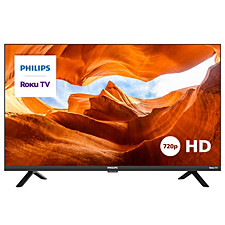Frequently
asked questions

What is 4K Ultra HDTV?
Over the last twenty years, television resolutions have improved and evolved going from Standard Definition (480i / 576i), Enhanced Definition (480p / 576p), High Definition (720p / 1080i / 1080p) to Ultra High Definition (2160p = 4K / 4320p = 8K). 4K Ultra HDTVs are television sets whose panels can natively display what is commonly known as 4K content natively. A true 4K UHDTV panel has a resolution of at least 3840x2160 individual addressable pixels.

What are the benefits of a 4K Ultra HDTV over my current HDTV?
As television retail prices have come down over the years, consumers are buying bigger TVs. A lot of us now own smartphones, tablets and laptops with HD resolution on a small screen size. Because of these two phenomena, our eyes expect greater pixel density for a picture to look detailed, seamless and sharp while watching TV. The only way to achieve this for large screen size TVs, usually 40” and larger is to use a 4K UHD panel.
How will a 4K Ultra HDTV make my HD content look better?
If your 4K Ultra HDTV has a built-in dedicated 4K Upscaler, your existing HD content will look much better on a 4K Ultra HDTV.

What features and specifications do I need to look for when buying a 4K Ultra HDTV?
Here are key criteria you need to look for when buying a 4K UHD TV today, to ensure your investment is secure and your TV works well with most 4K source devices and services:

What is a wide color gamut in TVs?
The human eye is amazing, it can see an extremely wide gamut of colors in nature which is represented by the entire color space in the image. Most SDTVs and HDTVs use the BT.709 color gamut represented by the gray dotted line, and it contains 35.9% of the colors the human eye can perceive. When the industry was in the process of launching 4K TVs, they wanted to improve upon the BT.709 color gamut that was first proposed back in 1990. They came up with a new color gamut that was a recommended target for UHD TVs to achieve called BT.2020 which is represented by the black dotted line. It achieves 75.8% of the entire color gamut, which is significantly higher than BT.709 and is a challenge for manufacturers of 4K TVs to achieve using LCD technology. Different manufacturers use different techniques to achieve this higher color gamut, the 2015 generation 8000 series Philips Laser backlight 4K UHDTV achieves 87% of the BT.2020 color space.
A stunning television for every budget.
Philips TV series
*Suggested retail price
**Specifications shown are not applicable to all products within each range.





